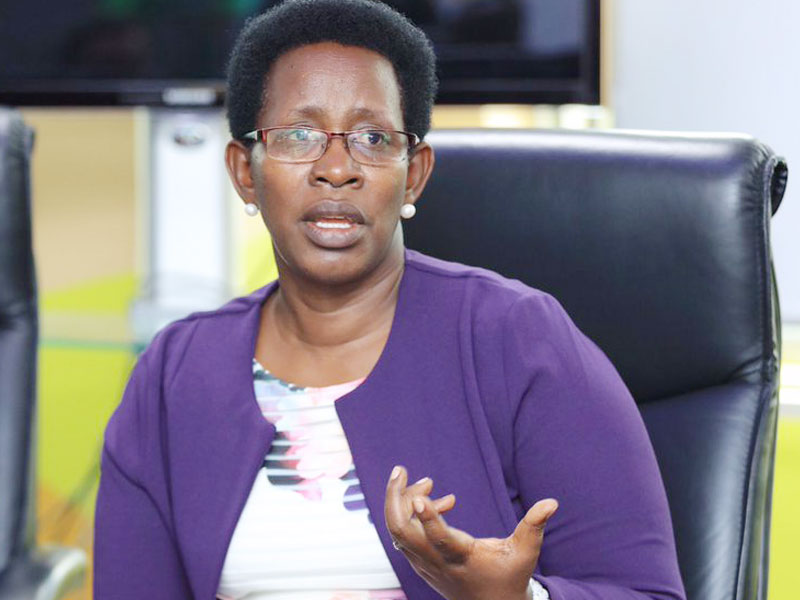Health Ministry Permanent Secretary Dr. Diana Atwine has urged Ugandans to embrace vaccination against COVID-19. She says government is committed to ensuring that all those that are at risk of severe COVID-19 disease are protected.
Vaccination against the coronavirus will start on March 10, 2021, the Minister of Health, Dr Jane Ruth Aceng revealed yesterday.
According to Atwine, vaccine is not mandatory and only those with NIN number will be vaccinated.
“Those with no NIN should endevour to get one because that is one mechanism we are ensuring that someone received the vaccine. It is accountability mechanism,” says Atwine.
She adds, “We are going to have a well-written consent form. When someone comes to the health facility, they will be taken through the consent process. All vaccinations against COVID-19 in public sector will be free.”
She warns that like any vaccine, someone might experience some mild symptoms after vaccination hence individuals should stay for 30mins after vaccination for monitoring.
Uganda targets to vaccinate 49.6% of the population which is about 21,936,011 people, in a phased manner. Each phase is planned to cover 20% of the population which is about 4,387,202 people. The eligible population lies in the age range of 18 years and above.
Phase 1 of the vaccination exercise will focus on: Health workers (Public, Private Not for Profit (PNFP) and Private for Profit (PFP)) estimated at 150,000, Security personnel (UPDF, Police, Prisons); estimated at 250,000, Teachers (Public and Private) among other essential social service providers; 550,000, Persons from the age 50 years and above, estimated at 3,348500 and Persons with underlying health conditions aged below 50 years, estimated at 500,000.
In Phases 2 and 3 of the COVID-19 vaccination program, the Ministry will roll out the vaccination program to age groups between 18 and 50 years in a staggered manner until 49.6% of the Ugandan population is vaccinated. This will be guided by the local epidemiology of the disease.
